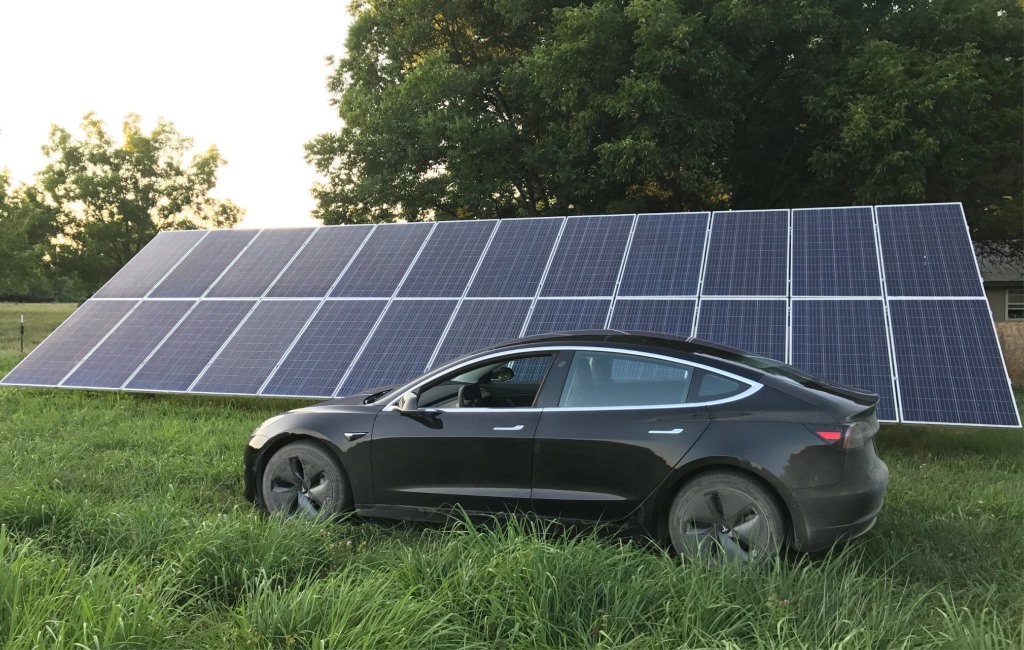EV FORWARD VIEW
Jobs, infrastructure, and a vision for the growth of Electric Vehicles in the UK
A to-the-point introduction for policy-makers and industry to key UK market developments and a forward view for EV deployment to 2040.
The electric vehicle industry is going to develop rapidly. Already billions of pounds have been invested in R&D, manufacturing sites, new supply chains, and associated infrastructure, in the UK, Europe, and globally. The REA, the UK’s largest trade association for renewable energy and clean tech, forecasts that the shift away from both diesel and petrol vehicles will be more rapid than is currently anticipated by policy-makers and analysts.
Bloomberg New Energy Finance anticipates that 50% of new car sales in the world will be EV by 2040, the year in which the UK Government has announced it will end the sale of new petrol and diesel cars and vans with no battery element. The REA sees this forecast as the most robust that is currently publicly available, but does not fully account for the step-change that is likely to take place in this sector, akin to the evolution of solar PV or uptake of mobile phones.
The shift to electric vehicles presents a range of new manufacturing and export opportunities for the UK post-Brexit, which is currently the fourth largest vehicle manufacturer in the EU. It also presents a series of internal challenges, in particular regarding charging vehicles and upgrading electricity grid infrastructure. The two issues are fundamentally interlinked, as the ability to create export products or expand the manufacturing base requires a robust domestic market, which in turn requires the creation of a reliable, affordable, low-carbon, and extensive electric vehicle charging network.
The UK’s electric vehicle and energy storage markets currently directly employ over 16,000 people, according to the annual publication REView 2017. This number is anticipated to significantly grow, but supportive public policy, ranging from increasing grid flexibility, to strengthening building codes, is critical if these industries are to fully develop.
This analysis is informed by discussions with our network of member companies and the wider industry, both nationally and globally. It is comprised of an analysis of key anticipated market developments, followed by a projected timeline and deployment forecast to 2040.

